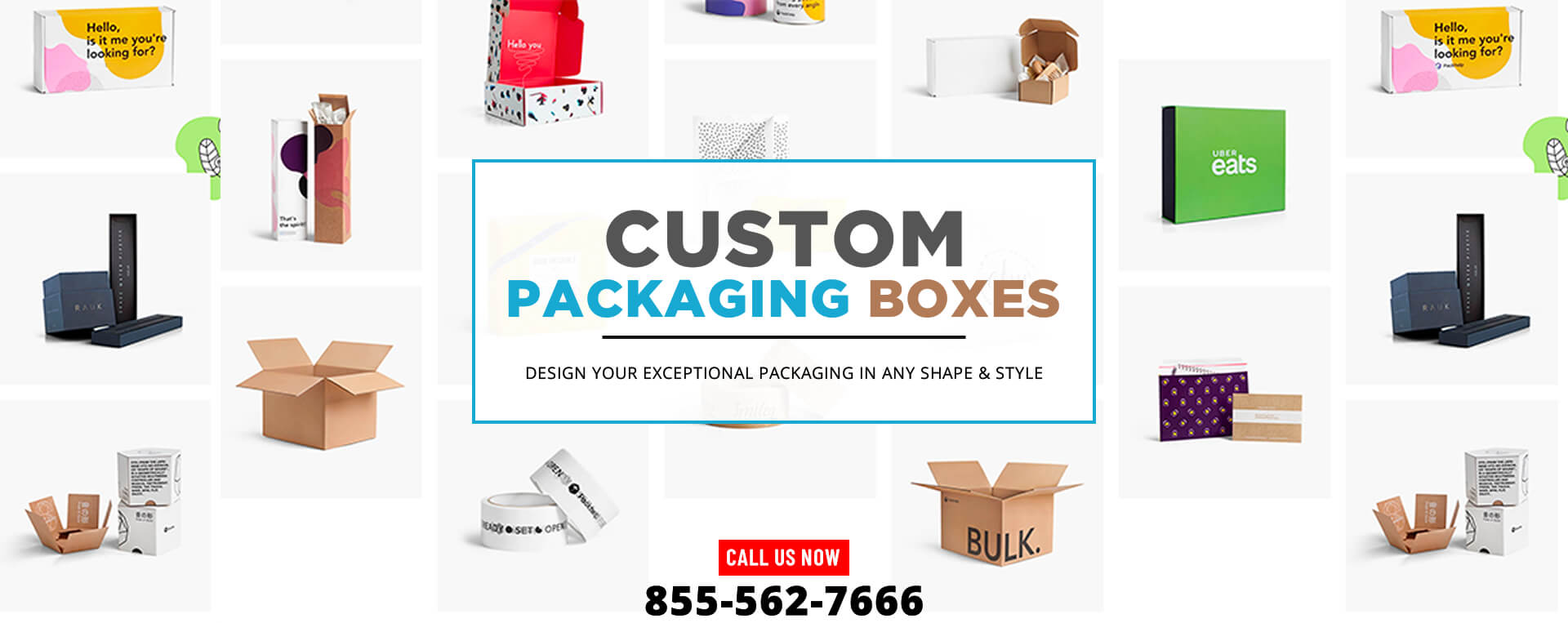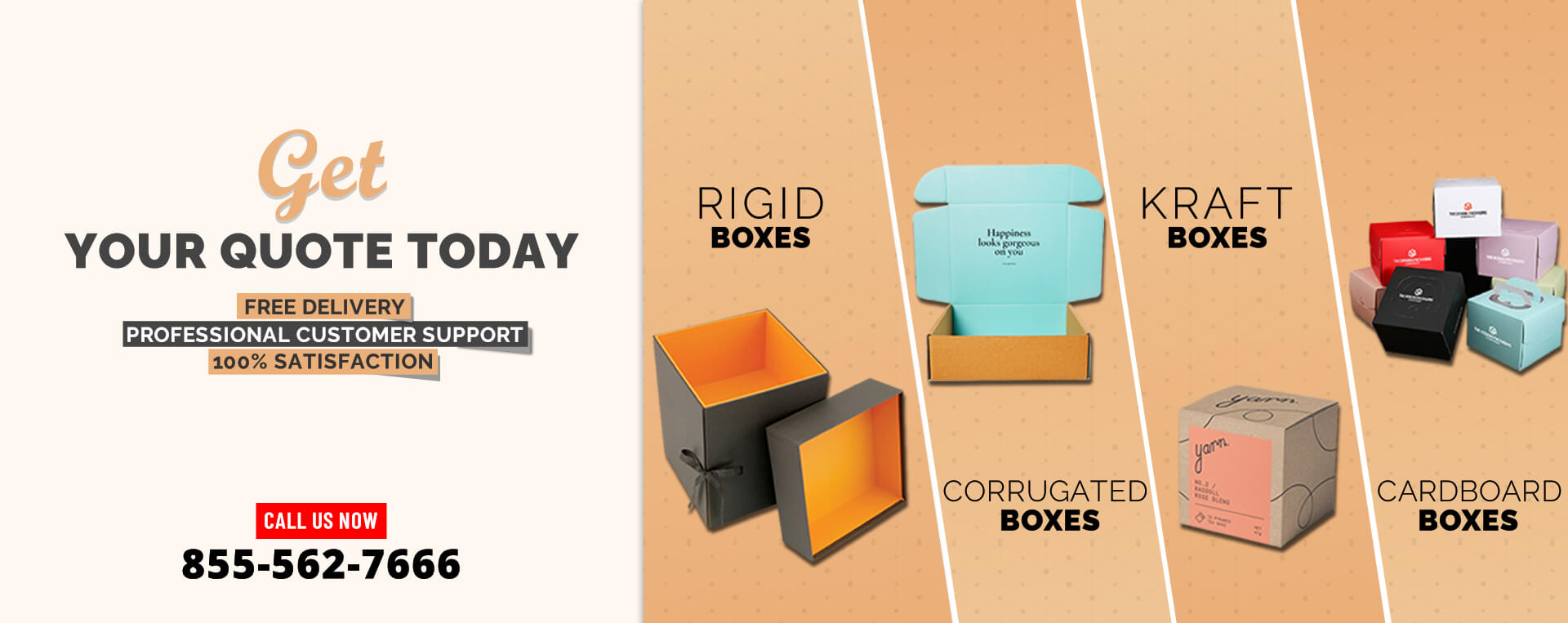Chinese Food Takeout Boxes
The iconic Chinese food takeout boxes are easily recognizable as a staple container for takeout food. Its easily foldable shape and wire handle make it a convenient and practical choice for takeout meals. However, it is worth noting that the popular “Chinese” takeout container is not commonly used in China or other Asian countries with a high population of ethnic Chinese. Despite its name, this container is primarily an American invention. It has become a symbol of Chinese cuisine in Western popular culture.
What Is the Oyster Pail?
An oyster pail is a wooden container originally used to transport raw oysters. F.W. Wilcox, an American inventor, was inspired by its design and created a container ideal for packaging food. However, he realized that wood was not a good option as it is porous and hard to disinfect. Moreover, wood absorbs water, which can lead to bacterial growth. Wilcox chose paper to overcome these health risks as it is disposable and easy to use. In 1894, he successfully patented the paper pail, which has a waxed interior and functions similarly to the original oyster pail. The waxed interior allows liquids and moisture to stay in and also unfolds to become an eating plate. Further, the paper pail container is cost-effective and easy to carry.
The Origin of Chinese Food Takeout Boxes
Chinese food takeout boxes became popular in the mid-1800s when Chinese immigrants moved to America for gold. These immigrants settled in the United States after the war and started opening restaurants to support themselves. The paper pail was the perfect container for takeout food as it was leakproof and could keep it hot and moist. Since then, Chinese food and paper pails have become inseparable. However, the Chinese food we eat in these paper pails isn’t authentic Chinese cuisine. Instead, the dishes we consider “Chinese” are more suited to American tastes. So, while oyster pails are popular food takeout containers in America, it’s hard to find them in China!
Personalized Designs
In the 1970s, a graphic designer from Fold-Pak updated the plain white box, which was commonly used for Chinese takeout. The designer added a red pagoda and the words “Thank You” in a font that resembled Chinese calligraphy. This change created a strong association between the box and Chinese cuisine, leading to increased use of the paper pail. Today, the shape of the box alone is enough to signify Chinese takeout, even without the pagoda. Thus, Chinese-American takeout packaging follows the three primary functions: protecting and preserving the food while showcasing it in a way that has become a hallmark of Chinese takeout.
While the red and white design is the most iconic design of the oyster pail for Chinese food takeout, the designs are changing. Nowadays, oyster pail containers display unique designs and brand names, with a wide variety of colors, prints, and finishes available for customization. The possibilities for customizing the traditional oyster pail are endless!
From Oyster Pails to Fast Food
Chinese food takeout boxes have become an iconic symbol of American fast food, but their origins may surprise you. The earliest version of these containers, called “paper pails,” was patented in 1894 by Frederick Weeks Wilcox. Originally designed to collect fresh oysters before shucking them or removing the meat from their shells, these containers were made of a single piece of paper, creased, and folded into a leakproof container with a wire handle on top to keep it secure. They were the cheapest and most sanitary way to keep oysters fresh after catching them; hence, they were also known as “oyster pails.”
Evolution of Chinese Takeout Boxes
Over time, these takeout containers evolved to hold other materials, such as honey, when the oyster pails weren’t selling as fast as usual. However, after World War II in the United States, takeout, also known as “fast food,” started to gain popularity. People began picking up pre-cooked meals from restaurants to take out and eat in the comfort of their homes. Chinese food became one of the most popular, and soon, these “oyster pails” became Chinese takeout boxes as they were self-insulating and warmed foods like chicken and rice.
Modern Usage and Cultural Impact of Chinese Takeout Boxes
Today, these containers are used for a variety of purposes. They are still inexpensive to purchase, and if you enjoy DIY, you can find printable templates and folding instructions online. Also, you can visit BrokenCartons.com to select your paper of choice. Despite being called “Chinese” takeout containers, they are more American than you may have thought and have become an integral part of American food culture.
The Joyful Experience of Chinese Takeout
Ordering Chinese food takeout boxes is about more than just enjoying delicious food like General Tso’s chicken and fried rice in the comfort of your pajamas. It’s also about the whole experience:
- Cracking open a fortune cookie.
- Struggling to pick up rice with chopsticks.
- The excitement of opening the iconic paper boxes with the red pagoda design.
Americanization of Chinese Cuisine
It is interesting to note that the cuisine served in Chinese restaurants across the United States differs from what is served in China. Many American Chinese restaurants use ingredients that are not even native to China. Even the iconic Chinese takeout boxes are an Americanized version of the traditional Japanese origami box. The man behind the creation of these boxes was Frederick Weeks Wilcox, an inventor from Chicago who, in 1894, patented the “paper pail” – a single sheet of paper that could be folded into a leakproof box. The handle was made of a thin wire on top.
During the California Gold Rush, the number of Chinese immigrants in America increased, and so did the popularity of Chinese culture. This led to Chinese restaurants and takeout options that used Wilcox’s boxes. Fold-Pak was one of the companies that produced the boxes. In the 1970s, a graphic designer working for Fold-Pak added a pagoda to the side of the box and stylized the words “Thank you” to mimic Chinese calligraphy. Both were printed in red, a sign of good fortune in Chinese culture. Since then, the stylized box has become synonymous with Chinese takeout and is still used in America. However, these boxes are also sold outside of China, according to Fold-Pak’s marketing manager.



